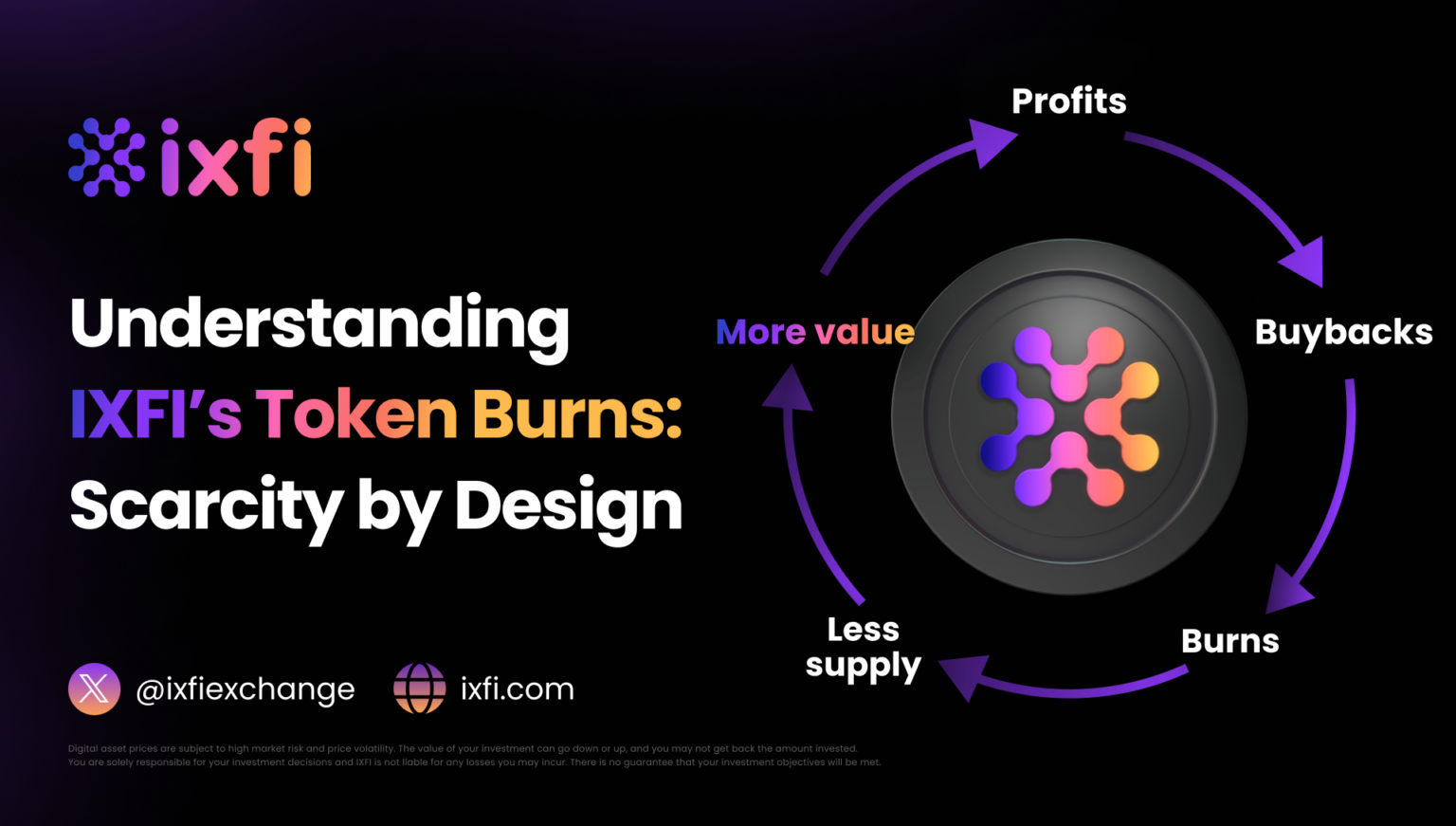As we have discussed in previous Crypto Fundamentals chapters, the first step towards cryptocurrency trading implies registering an account on the platform that you’re going to start your journey with, allowing you to buy and sell coins and other digital assets such as NFTs. Depending on the platform and its functionality, as a new user you can buy cryptocurrencies using traditional money via bank transfer, using a debit card, or by exchanging it with another digital coin that you already possess.
After replenishing the account, that money goes to the electronic wallet attributed to it. Ultimately, the user decides the fate of that money, depending on their own trading style. On these platforms, users can view the different prices of different coins.
It’s important to keep in mind that it’s not the platforms who decide and demand these prices; the market itself determines them, and most of the exchanges reflect the last traded price, actualizing the lists in real time. Price differences exist between different exchanges due to the high volatility that sometimes appears in the crypto market. Cryptocurrencies are also decentralized and thus not controlled by a financial institution, such as banks. Platforms also allow us to place a limit order to buy Bitcoin, Ethereum, or any other cryptocurrency, adding it to the order book, where it stays until it is filled.
What types of exchanges are out there?
Exchange platforms fit into three main categories:
· centralized
· decentralized
· hybrid
That’s right, even if cryptocurrencies are decentralized in their nature, they can be found on centralized exchanges. These rely on a third party that helps settle the transactions for things to run smoothly — much like a broker. Such a situation may appear contradictory because one of the main attributes of a coin is decentralization, which means that some central authority or the government does not mint them.
In traditional centralized finance, banks keep money, with the sole purpose of making even more money. The existing financial system is full of third parties that help the money circulate — and each of these parties takes a fee for their service. These services can take a long time until the transaction is settled.
Decentralized crypto trading platforms work without third parties, allowing people or enterprises to transact using only through technological means. This is possible by directly using a financial network that has additional security and connectivity protocols. For example, they allow you to lend, buy and sell only with the use of a phone or a laptop connected to the internet — no matter who or where you physically are. This is possible due to software that registers and verifies financial actions shared by the decentralized database.
A hybrid model takes certain advantages from both previous systems and brings them together as one, under one sole network. Hybrid models try to combine the psychological comfort of a centralized exchange that’s secure and verified by third parties with the technological security and freedom brought by a decentralized system.

What are Crypto Pairs?
Cryptocurrency pairs are assets that can be exchanged and traded between them. Depending on the pair, we see the value of one coin, compared to the price of the other one, exactly like in the traditional currency exchanges we are all familiar with. The comparison between the two coins from a pair settles the value of each one.
When cryptocurrencies first appeared, there weren’t many options to choose from, and most of the transactions were made against Bitcoin as the base currency. These trading pairs and their disponibility and variety on exchange platforms are essential because it saves the user money and time.
As more trading pairs appear, traders have a variety of transactions they can execute. To successfully exchange one coin for another, we either need to use a platform that supports that specific pair or to perform multiple transactions between different pairs. Let’s suppose that one wishes to exchange Cardano for Ethereum and the platform used does not support this trading pair. The user can:
1. Easily migrate to IXFI because it supports a tremendous suite of alternative pairs, such as ADAETH
2. Exchange Cardano for Bitcoin and Bitcoin for Ethereum
Is it possible for Bitcoin to have a different price across exchanges?
Naturally, the price of a cryptocurrency is about the same on different platforms — but this is not guaranteed, nor certain, because of the high volatility that sometimes storms the market and because the price usually depends on the volume, meaning the number and amount of transactions a specific platform settles in a specific time.
The price of a particular coin varies depending on the buying and selling activity on each of these exchanges. Coin prices are independent of other valuations because they rely on traders, so we can sometimes see a price difference of 1–2% or even 4–5% between two different platforms.
These price fluctuations create a new opportunity to profit from arbitrage. For example, if the price of one Solana coin is $100 USDT on IXFI and $105 on another trading platform, one could buy where’s cheaper, transfer the coins and consider the opportunity to sell them for profit. Keep in mind transfer and transaction fees.
Another thing to consider is the price fluctuations, considering volatile periods. Professional traders use arbitrage, often with bots, to profit from these price fluctuations across different trading platforms.
Are you ready to apply this essential information for real? If the answer is “yes”, register on Your Friendly Crypto Exchange today and jump-start your journey. If you want to continue learning, keep track of our blog for the next Crypto Fundamentals chapter.
Disclaimer: The content of this article is not investment advice and does not constitute an offer or solicitation to offer or recommendation of any investment product. It is for general purposes only and does not take into account your individual needs, investment objectives and specific financial and fiscal circumstances.
Although the material contained in this article was prepared based on information from public and private sources that IXFI believes to be reliable, no representation, warranty or undertaking, stated or implied, is given as to the accuracy of the information contained herein, and IXFI expressly disclaims any liability for the accuracy and completeness of the information contained in this article.
Investment involves risk; any ideas or strategies discussed herein should therefore not be undertaken by any individual without prior consultation with a financial professional for the purpose of assessing whether the ideas or strategies that are discussed are suitable to you based on your own personal financial and fiscal objectives, needs and risk tolerance. IXFI expressly disclaims any liability or loss incurred by any person who acts on the information, ideas or strategies discussed herein.



